Estimated reading time: 6 minutes
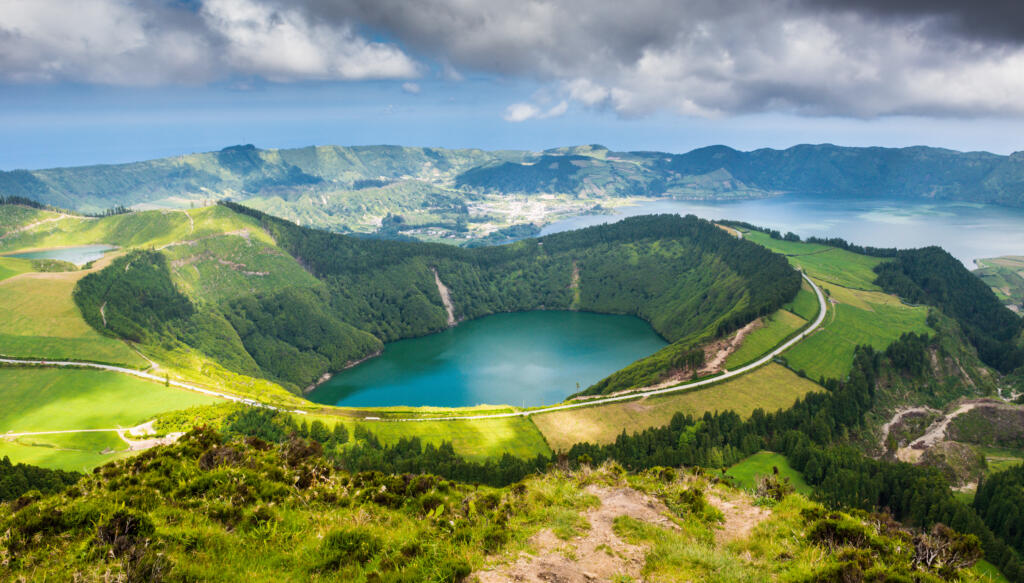
- The lakes with the highest elevation in the world:
There’s nothing like gazing at the lake from the dock or back porch of your lake home. But can you imagine a bird‘s eye view of these incredible bodies of water? Some lakes are situated at such heights that you must hike for days to view their sparkling waters.
As you will notice, South America dominates the list of lakes with the highest elevation. Although some sources rank Asian lakes such as Lhagba, Changste, and East Rongbuk as top-elevation lakes, you will not find them on this list. As HighestLakes.com points out, Lhagba and Changste no longer exist, and East Rongbuk only appears during the snowmelt season. Plus, some Asian lakes may not be documented, as it is challenging to procure accurate information about the Himalayas. Nonetheless, if you’re ready to take your lake trivia to new heights, check out these top 5 lakes with the highest elevation in the world!
1. Ojos del Salado, Argentina
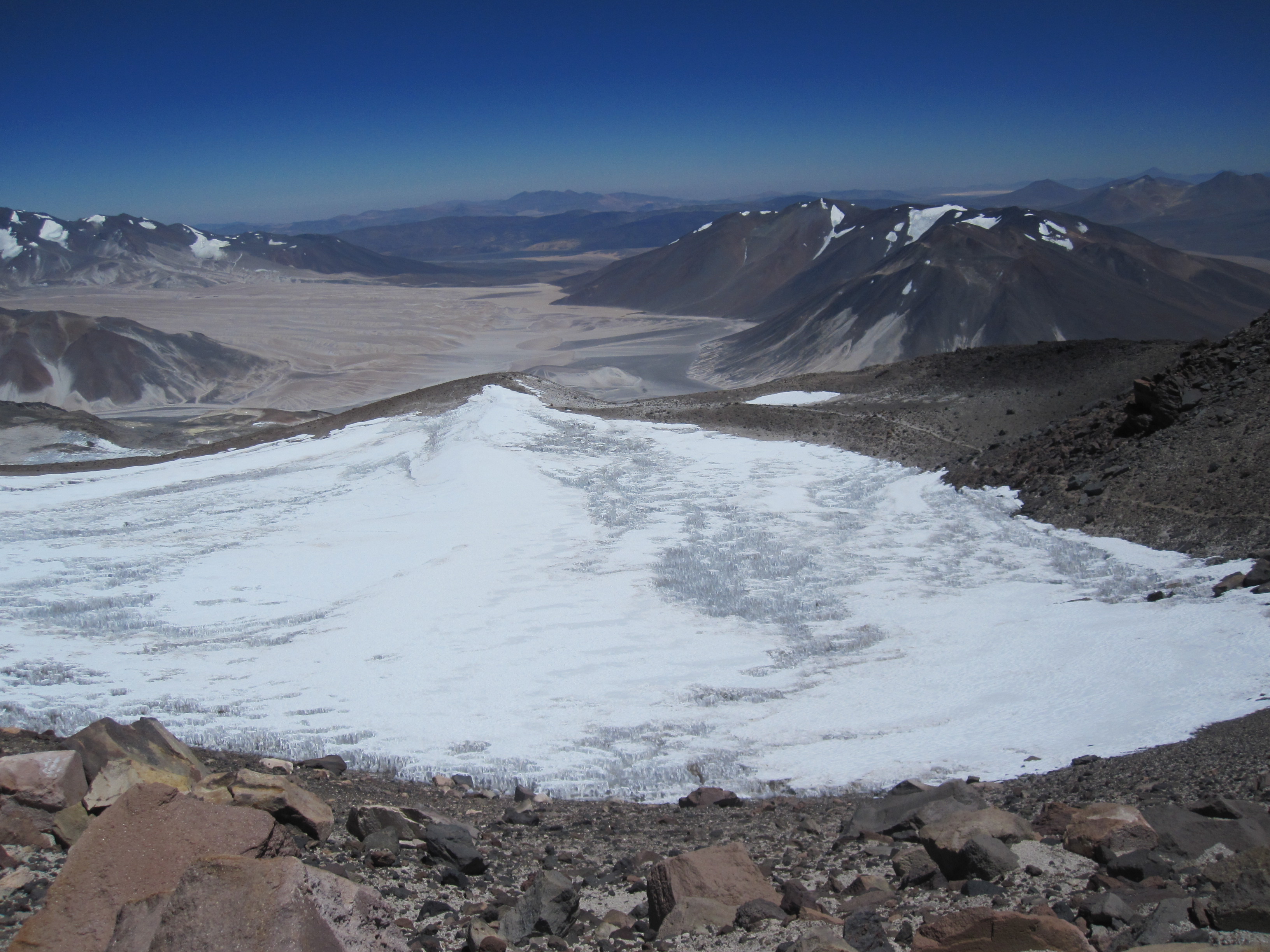
Argentina’s Ojos del Salado (“Eyes of the Salty One”) ranks as the world’s highest active volcano and contains the lake with the highest elevation on the planet. The small crater lake rests at an elevation of 22,615 feet (6,893). In 1937, Polish explorers discovered the lake; today, many tourists hike the volcano to view its waters. Notably, there has been some contention as to whether Ojos del Salado is a lake since it only has a circumference of 328 feet (100 meters). Despite this dispute, the lake continues to attract travelers and adventurers from all over the world.
2. Tres Cruces Norte, Chile

With an elevation of 20,361 feet (6,206 meters), Tres Cruces Norte (“Three North Crosses”) ranks only under Ojos del Salado as the second-highest lake in Chile and the world. The lake rests on the lowest of the three peaks in a half-open caldera—a hollow that forms when a volcano erupts and collapses. The Polish explorers discovered the lake in 1937. Then, in 2015, Madswimmers—a group of Polish divers—completed the highest swim in the world upon diving into the Tres Cruces Norte lake. Today, it is an attractive scuba diving and hiking destination.
3. Acamarachi Pool, Chile
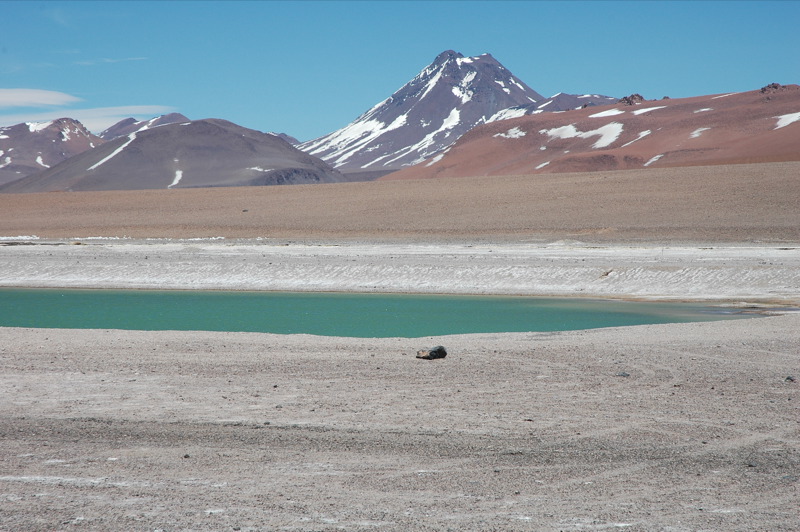
Soaring 19,836 feet (6,046 meters), Acamarachi (“Black Moon”) is the tallest volcano in the northern segment of Chile. A crater lake rests on the volcano’s summit and is kept ice-free by the nearby magmatic heat. The lake is 10–15 feet deep and, at one point, was the site of the world’s highest underwater dive. The volcano is also famous for its Inca mountain sanctuary, where several ancient figurines were discovered.
4. Lake Lincancabur, Chile/Bolivia
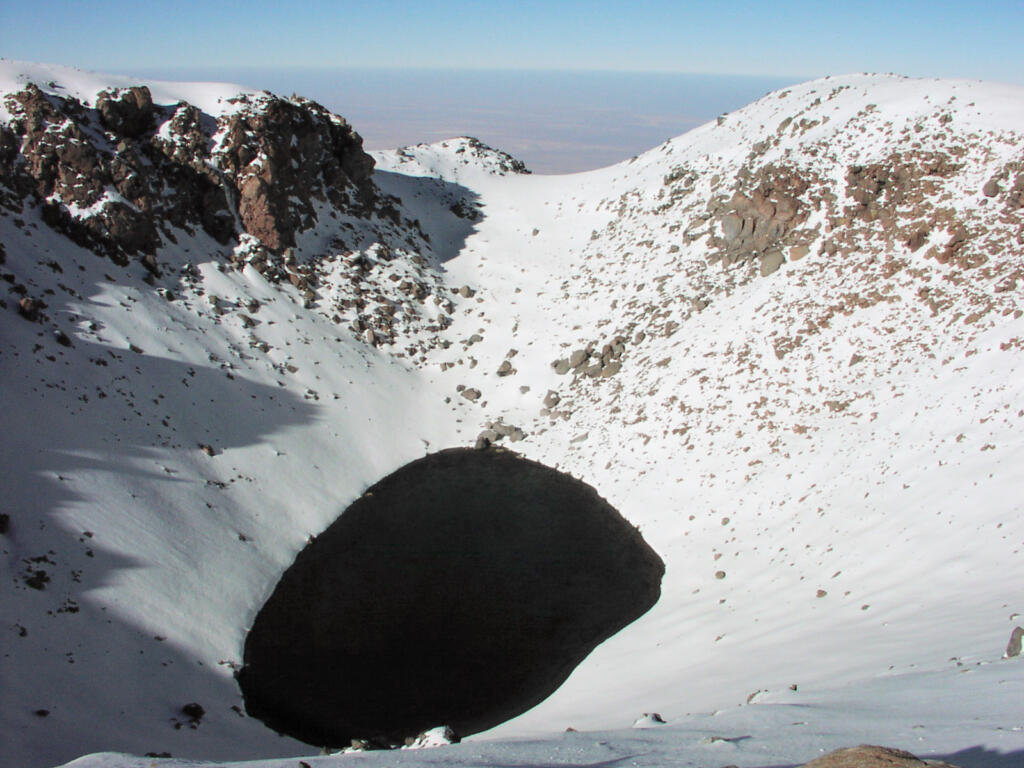
Licancabur is a symmetrical volcano between Chile and Bolivia, reaching a peak of 19,410 feet (5,916 meters). It contains a crater lake with an elevation of 19,409 feet (5,916 meters). The lake stretches 328 feet (100 meters) long, 229 feet (70 meters) wide, and 26 feet (eight meters) deep. Most of the year, the lake is frozen. However, in the warmer months, it is in liquid form, as pictured above. Although the temperatures can often dip to -22 degrees Fahrenheit (-30 degrees Celcius), Licancabur Lake houses a plethora of planktonic fauna.
5. Aguas Calientes Pool, Chile
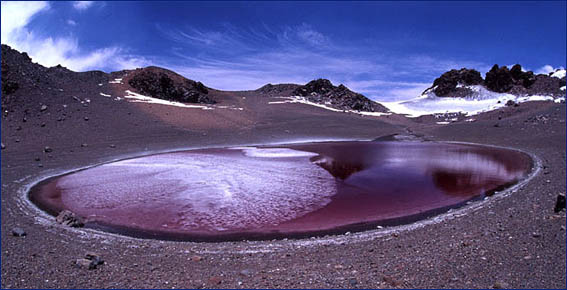
Climbing 19,436 feet (5,924 meters) high, the Aguas Calientes (“Hot Waters”) Volcano is situated in Chile. Within the summit lies a small crater lake with an elevation of 19,260 feet (5,870 meters). The lake has an intriguing red tint due to its substantial population of microorganisms. The winds often carry sulfuric acid and water vapor clouds into the waters, making them acidic. The lake’s ecosystem relies primarily on photosynthesis but can also be influenced by the hydrothermal activities of the nearby volcano. Interestingly, many have studied the Aguas Calientes lake as a potential terrestrial parallel to Mars.
Bonus: Lake Titicaca, Peru/Bolivia
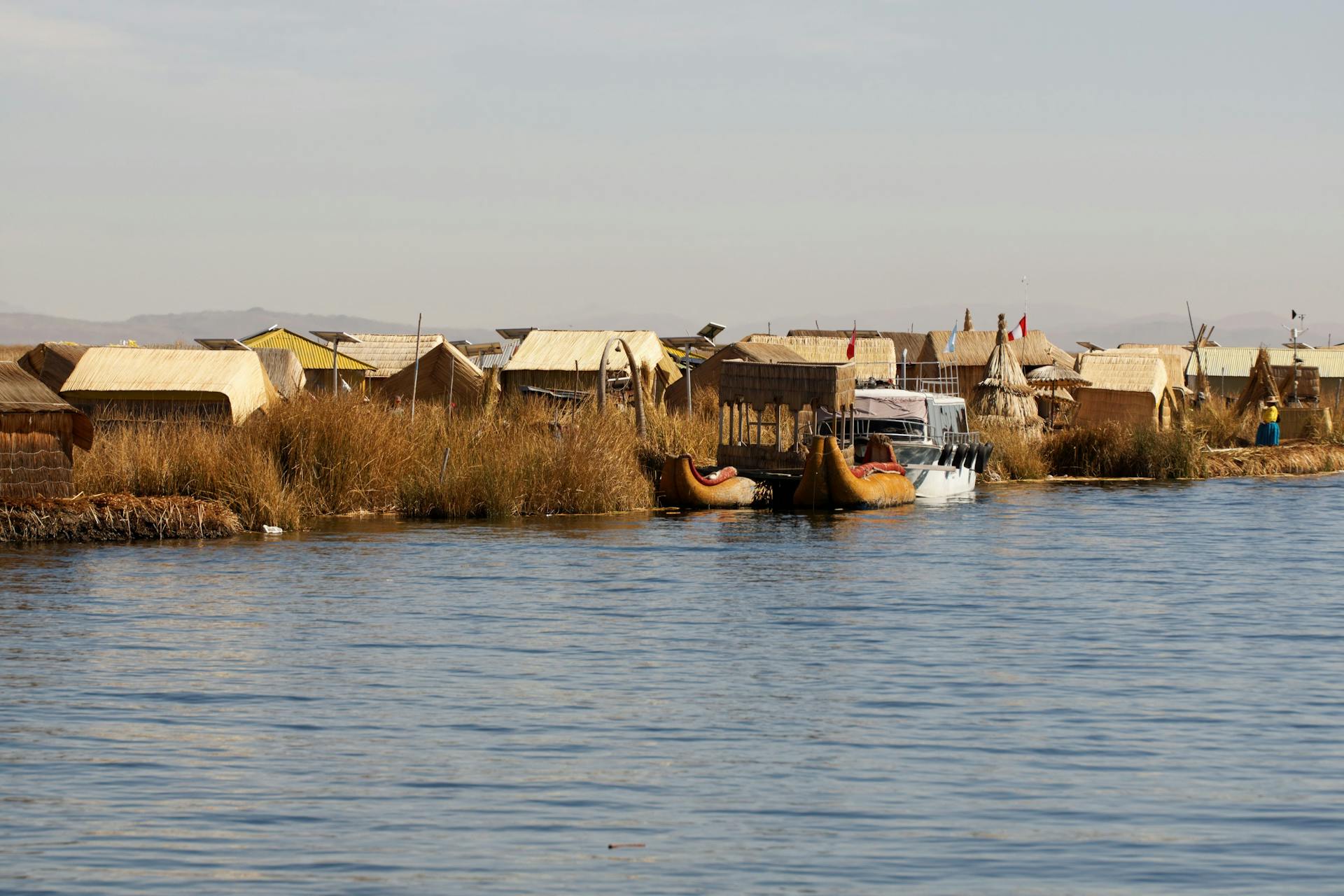
Although Lake Titicaca does not make the list of the top 5 lakes with the highest elevation in the world, it is the highest navigable lake on the planet. While the other top lakes are small bodies of water, Lake Titicaca spans 3,200 square miles (2,048,000 acres). Situated in the Andes Mountains, the lake has an elevation of 12,500 feet (3,810 meters). It is the second-largest lake in South America, after Lake Maracaibo in Venezuela. Lake Titicaca also attracts many tourists due to the 120 handmade floating islands crafted by the local indigenous Bolivians, the Uru. They not only live in these unique homes but also offer tours of them year-round.
Now, you know where to find the top 5 lakes with the highest elevation in the world. If you’re an adventurer, add them to your bucket list and plan a hiking excursion. Or, if you like staying closer to home, visit LakeHomes.com to view the breathtaking lakes in your local area.
FAQS
What is the elevation of the lake on Ojos del Salado in Argentina?
The volcano’s small crater lake rests at an elevation of 22,615 feet (6,893).
Who discussed the crater lake on Ojos del Salado in Argentina?
In 1937, Polish explorers discovered the Ojos del Salado.
What is the elevation of the crater lake on Tres Cruces Norte in Chile?
With an elevation of 20,361 feet (6,206 meters), Tres Cruces Norte (“Three North Crosses”) ranks only under Ojos del Salado as the second-highest lake in Chile and the world.
Where was the highest swim in the world completed?
In 2015, Madswimmers—a group of Polish divers—completed the highest swim in the world upon diving into the Tres Cruces Norte lake.
What is the elevation of Arcamarachi in Chile?
Soaring 19,836 feet (6,046 meters) high, Acamarachi (“Black Moon”) is the tallest volcano in the northern segment of Chile.
What is the depth of the Arcamarachi Pool in Chile?
The lake is 10–15 feet deep and, at one point, was the site of the world’s highest underwater dive.
How tall is Licancabur in Chile/Bolivia?
Licancabur is a symmetrical volcano situated between Chile and Bolivia, reaching 19,410 feet (5,916 meters) at its peak.
What is the elevation of the crater lake on Licancabur?
It contains a crater lake which sits at an elevation of 19,409 feet (5,916 meters).
How tall is the Aguas Calientes Volcano in Chile?
Climbing 19,436 feet (5,924 meters) high, the Aguas Calientes (“Hot Waters”) Volcano is situated in Chile.
What is the elevation of the crater lake on Aguas Calientes Volcano?
Within the summit lies a small crater lake with an elevation of 19,260 feet (5,870 meters).
Why is the Aguas Calientes Lake red?
The lake has an intriguing red tint due to a substantial population of microorganisms. The winds often carry sulfuric acid and water vapor clouds in the waters, making them acidic. The lake’s ecosystem relies primarily on photosynthesis but also can be influenced by the hydrothermal activities of the nearby volcano.
What lake is being studied as a potential terrestrial parallel to Mars?
The crater lake on Aguas Calientes Volcano in Chile.
What is the highest navigable lake in the world?
Although Lake Titicaca does not make the list of the top 5 lakes with the highest elevation in the world, it is the highest navigable lake on the planet.
How big is Lake Titicaca?
Lake Titicaca spans 3,200 square miles (2,048,000 acres).
What is the elevation of Lake Titicaca?
Situated in the Andes Mountains, the lake has an elevation of 12,500 feet (3,810 meters).
What is the second largest lake in South America?
Lake Titicaca is the second-largest lake in South America after Maracaibo in Venezuela.
What lake in South America is known for its floating islands?
Lake Titicaca also attracts many tourists due to the 120 handmade floating islands crafted by the local indigenous Bolivians. They not only live in these unique homes but also offer tours of them year-round.

